As part of your evaluation about upgrading your existing legacy ERP, you've probably considered three options: sticking with your current system, diving into Dynamics 365, or exploring other solutions. Each path has its own price tag, but it's not just about upfront costs. We need to look at the total cost of ownership (TCO), which means considering all the hidden costs and long-term benefits.
In this blog, we'll break down the key factors that impact the true cost of moving to Dynamics 365, as a guide to understanding if this upgrade is a smart financial move for your business.
1. Licensing: Tailoring your investment, optimising costs
Dynamics 365 ditches the "one-size-fits-all" model, offering subscription-based licenses that adapt to your needs. Here's the breakdown:
- Full User Licenses: Access all functionalities within a specific app, like Dynamics 365 Finance. Ideal for power users.
- Attach Licenses: Add specific features to existing Full-user licenses (see below).
- Activity Licenses: Grant access to limited functionalities for infrequent users.
- Device Licenses: Enable access from specific devices like smartphones or tablets.
- Team Members Licenses: Provide limited access within teams, fostering collaboration without full user costs.
Combining licenses across applications:
The beauty of Dynamics 365 lies in its flexibility. You can mix and match licenses across different applications to fit your specific needs. Let's say you have users who already have core Finance functionalities set up but also need occasional customer relationship management (CRM) capabilities. You can assign them a Finance Full User license and an additional Attach license for Dynamics 365 Customer Service. This optimises costs and ensures users have the functionalities they need, whether it's managing customer interactions, tracking sales leads, or providing top-notch support.
Beyond the out of the box: leveraging ISVs for efficiency and savings
While core Dynamics 365 applications cater to many needs, industry-specific or unique processes might require more. The Microsoft Independent Software Vendors (ISVs) develop pre-built extensions and solutions seamlessly integrated with Dynamics 365, addressing specific needs or enhancing existing functionalities.
ISVs and your TCO
- Reduced License Costs: Utilise Activity or Device Licenses for ISV functionalities instead of additional Full User licenses, potentially lowering costs.
- Increased Functionality & Value: ISV solutions often tackle pain points or automate tasks, leading to increased efficiency and ROI.
- Faster Implementation: Pre-built solutions reduce development time and customisation, speeding up implementation and time to value.
Remember: Carefully evaluate your needs and consult with experienced Dynamics 365 partners to identify ISV solutions that align with your goals and potentially optimise your TCO.
2. Implementation costs: Building a strong foundation
Software implementations can be both challenging and exhausting when done poorly since failed attempts can drain your budget and disrupt your entire business. Of course, there's a better way which requires having a detailed, fully costed plan that outlines both internal and external resources, ensuring a smooth and efficient migration, especially when it comes to your valuable data and business processes.
Here's what that plan needs to consider:
2.1. Dedicated Resources:
- Internal team: Make sure key people in your organisation have enough time to be involved, including project managers, subject matter experts, technical support, and anyone supporting integrations. This is a very important key to success.
- Data experts: Include data analysts, data engineers, and migration specialists to ensure clean, accurate data transfer.
- External help: Factor in the costs of any contractors or external data migration specialists you might need.
You will need to consider backfilling your internal resources to take them away from their day-to-day activities to focus on the success of your implementation. They cannot do 2 jobs!
2.2. Costing & Expertise:
- Data preparation: Have costings available for data cleansing, transformation, and mapping activities.
- Migration tools: Consider the cost of licensing or using data migration tools to streamline the process.
- Security and compliance: Ensure your plan adheres to data security and privacy regulations, factoring in any additional costs associated with compliance measures.
2.3. Right Blend of Expertise:
- Technical skills: You need a team with the knowledge and experience to implement Dynamics 365 cost-effectively, including data migration expertise.
- Business knowledge: Look for people who understand your specific business needs and can tailor the migration to minimise disruption.
- Communication skills: Effective communication between internal and external teams is crucial for a smooth migration. Especially the communication with the Stakeholders should be managed very carefully to ensure that the Board is aligned with the project’s progress.
2.4. Resource Allocation:
- Timing is key: Allocate resources at the right time, ensuring your data team is ready when needed and avoiding unnecessary costs.
- Minimise disruptions: Plan the migration to minimise downtime and disruption to your business operations.
- Maximise value: The right plan ensures you get the most out of your new system, improving data quality and accessibility.
Companies like Inciper can help you maximise the use of both internal and external resources, ensuring they align perfectly with your budget and capabilities. With their expertise, you can say goodbye to migration headaches and hello to a successful Dynamics 365 implementation, complete with clean and accurate data.
3. Change Management & Training: Empowering your team for success
Since you aren’t simply replacing a system but enabling company-wide change, user adoption is paramount. Consider these investments:
- Change Management Workshops: Prepare your team for the transition through workshops that address concerns, highlight benefits, and foster buy-in. This proactive approach minimises resistance and accelerates adoption. This proactive approach helps minimise resistance and speeds up adoption. Inciper provides a comprehensive foundation of knowledge through our Inciper Process Dictionary (IPD). This covers core end to end business processes (P2P, O2C, P2D, H2R, etc.) with detailed workflows for business processes. You can even adapt this to your company's own business processes on top of it, making it easy for everyone to learn and adapt.
- Comprehensive Training Programs: Offer tailored training programs that equip users with the skills and knowledge to navigate the new system effectively. This avoids productivity dips and reduces long-term support costs. As part of RAPID deployment process, Inciper always considers focused user training a part of the journey.
- Continuous Learning Resources: Provide ongoing access to knowledge bases, learning portals, and other resources to support ongoing learning and adaptation. This empowers users and fosters a culture of continuous improvement. Also, you can leverage the Microsoft Learn platform for a deep dive into all the areas.
4. Managed Services & Support: peace of mind, proactive care
It’s important to remember that once your Dynamics 365 solution goes live, you’ll have ongoing costs - particularly when it comes to support. Opting for managed services provides:
- Ongoing technical expertise: Gain access to a team of Dynamics 365 experts who proactively monitor your system, and identify and resolve issues before they impact your business, minimising downtime and costs.
- Security and compliance: Managed service teams have the expertise to ensure your system adheres to data security and compliance regulations, reducing your risk and associated costs.
- Performance optimisation: Experts continuously monitor and optimise your system's performance, ensuring smooth operation and maximising the value of your investment.
5. Upgrades: embracing continuous improvement
Unlike static, upfront licensing models, Dynamics 365 subscriptions embrace continuous evolution with Microsoft One Version: regular updates and new features seamlessly flow into your environment, ensuring you always possess the latest advancements - all included in your subscription fees.
Additionally, your dedicated Dynamics 365 partner can recommend features that streamline your workflows and suggest replacements for deprecated functionalities, ensuring you leverage the latest innovations. But One Version takes it a step further. You control the update cadence, choosing when to adopt new features that align with your business rhytm. This eliminates the potential disruption of mandatory updates, empowering you to prioritise stability when needed.
At Inciper, we’re committed to being completely transparent with businesses looking to migrate their current solution to Microsoft Dynamics 365. Not only can we help you define your TCO model and implement your Dynamics 365 solution, but we can also provide long-term support and training to get the most out of your investment.

Take the next step towards smarter ERP decisions. Understanding the Total Cost of Ownership (TCO) is key to unlocking the value of Dynamics 365. From flexible licensing to seamless implementation and ongoing support, we’ll help you every step of the way.




